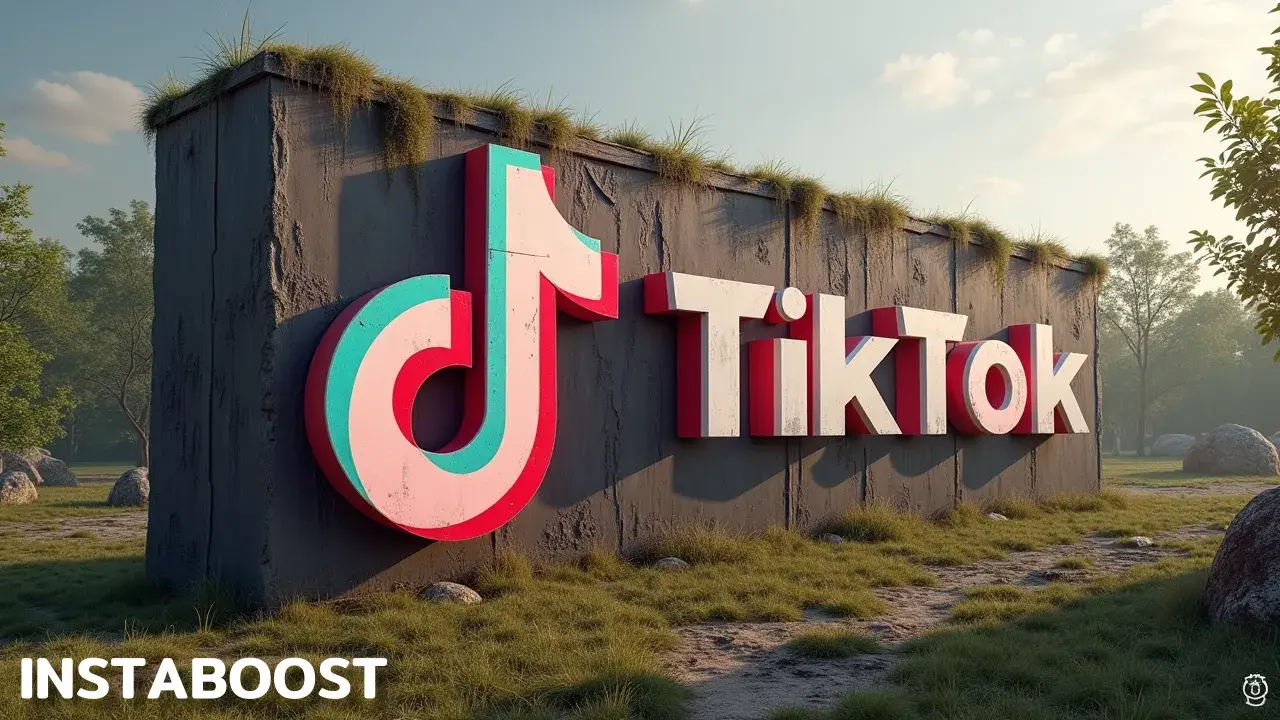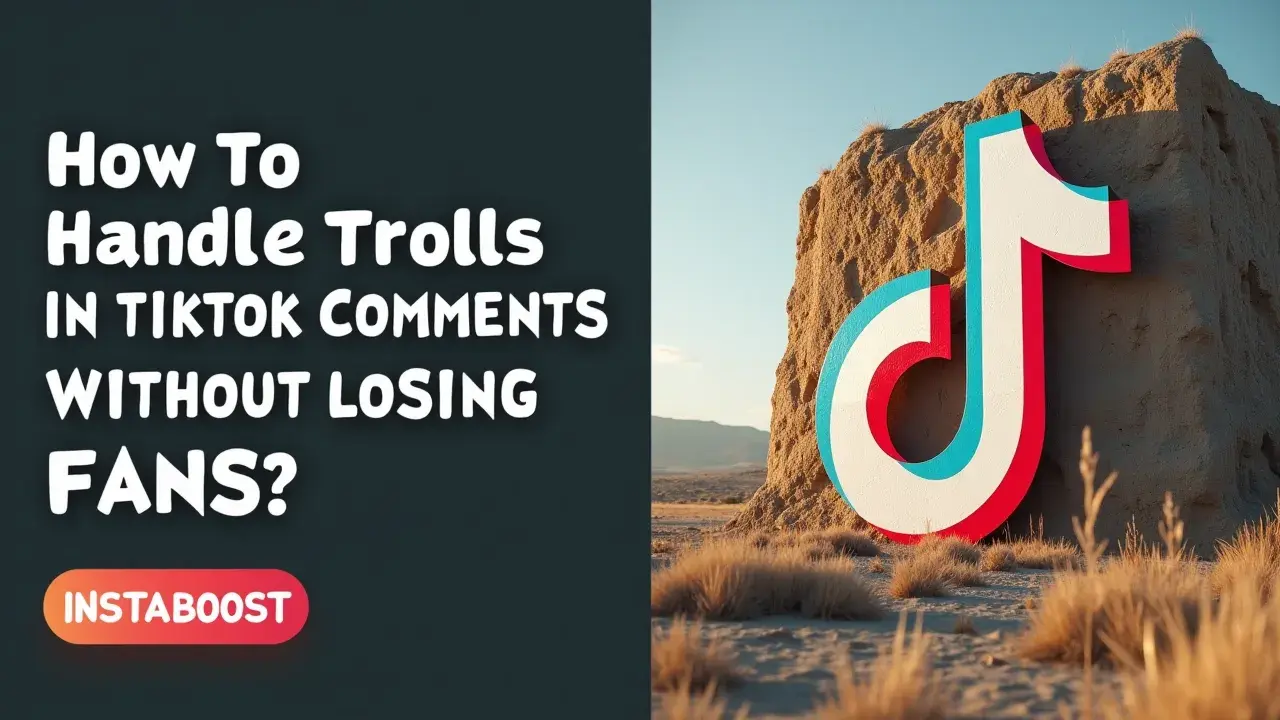How to Handle Trolls in TikTok Comments Without Losing Fans?
Setting the tone early in TikTok comments reduces pile-ons and protects loyal viewers. Redirect attention to genuine questions, acknowledge praise, and avoid feeding obvious bait so the conversation centers on value. Applying a light moderation filter in the first hour can limit churn and keep threads from derailing. Tracking sentiment week to week helps spot trends and compounds cleaner engagement, guiding a steady, fan-friendly approach.
Set the Tone Before Trolls Do
You’re not trying to win arguments in TikTok comments. You’re shaping a room. Early momentum matters, because the first 50 – 100 interactions teach the algorithm and your audience what “normal” looks like under your videos. Seed that space with genuine replies, pinned FAQs, creator collabs that attract the right crowd, and a light filter pass in the first hour. That makes it easier for fans to join in and harder for trolls to hijack the vibe. This isn’t about muzzling critique.
It’s about channeling energy toward real questions, acknowledging praise fast, and routing off‑topic bait into a quiet corner with tools matched to intent and monitored. Treat moderation like a retention lever. Safeguard loyal viewers, answer the curious ones, and starve time‑wasters without turning the thread sterile. A small, reputable social listening setup that tracks weekly sentiment and flags repeat patterns keeps your read clean, and pairing it with targeted promotion aimed at your core audience helps early comments come from people most likely to stick. If you need accelerants, run a brief boost right after posting, then measure with clean analytics and watch for quality signals – saves, rewatches, and comment depth – so you’re not paying to amplify noise.
The goal isn’t silence. It’s a comment culture that rewards curiosity and meets bait with indifference, which reduces churn and increases watch time. Handle trolls in TikTok comments by designing the environment first and responding with intent. Your best fans will notice, and the algorithm will increase TikTok visibility in proportion to the quality of the crowd that gathers, then follow their lead.

Proof Beats Volume: Show receipts that you’re curating for fans, not fighting trolls
There’s a quiet reason the best strategies don’t go viral. The creators who rarely lose fans to trolls aren’t louder – they’re verifiable. When your TikTok comments policy is visible and consistently applied, you build credibility that outlasts flare-ups. Define what “on-topic” means in your bio or a pinned comment, then model it by answering real questions, not bait. Back it with receipts – a short note in your content calendar showing reply windows, a filter list you update weekly, and a standing rule that collaboration partners help moderate the first hour.
You’re signaling to both the algorithm and your audience that you protect conversation quality, which drives retention signals and keeps your analytics clean. If you use moderation tools or a limited paid boost to a qualified, matched-to-intent audience, be clear about the intent. You’re accelerating genuine discovery, not burying dissent. That transparency matters when a troll frames curation as censorship. It also helps when you need a light hide/remove pass – document criteria and stick to it so your team doesn’t wobble under pressure. Pair targeted promotion with creator collabs that attract the right commenters, and your first 50 – 100 interactions set a normal that repels pile-ons.
Track week-to-week sentiment and watch for lagging indicators – comment save rate, question density, and blocks to follows – so you can adjust before a spark becomes a thread. This works when your replies are specific, time-bounded, and friendly. Vague templated answers read as evasive and invite dogpiles. Treat trolls like noise in a testing loop – filter, re-seed with genuine replies, and let fans see you reward good faith, and remember that surface metrics like get more tiktok followers never replace a visible, enforced policy that earns long-term trust. Over time, that becomes the credibility moat that keeps your TikTok comments – and your audience – intact.
Build a Response Ladder, Not a Battlefield
You can’t borrow vision. You build it. Treat your TikTok comments like a sales floor – greet, qualify, and route, not debate. A response ladder gives you that structure. Tier one is quick recognition for real viewers with short thanks, light echoes, and concise answers that feed retention signals. Tier two routes recurring questions to pinned FAQs or a tight 15-second stitch that adds clarity without reopening old fights; if you track what repeatedly sparks confusion, even a quiet nod to patterns you see in tiktok engagement boost data can help you fine-tune what to pre-answer.
Tier three is escalation: hide, filter, or mute when a comment is pattern-level bait, and only reply if you can convert observers with proof, not sparring. This is where qualified tools and add-ons work when matched to scale. A reputable moderation filter paired with clean analytics lets you tag sentiment and measure churn, so you’re not guessing what to hide or highlight. If you run paid boosts or targeted promotion, schedule them after your first-hour light filter pass so the algorithm learns from real comments, creator collabs, and fans who match your intent, not from a flare-up. Collab replies land when they add context. Two creators closing a loop on a misconception is stronger than you winning a thread.
Keep your comments policy visible and apply it consistently. That becomes your receipts layer and helps curb censorship claims before they spread. The non-obvious edge is to prewrite three modular reply stems – affirm, redirect, elevate – and rotate them with small edits. You keep authenticity while standardizing tone at speed. Add a weekly sentiment review to your testing loop, retire prompts that attract low-quality heat, and double down on formats that earn saves and shares. You’re not avoiding trolls. You’re teaching the room what deserves attention, which is how you handle trolls in TikTok comments without losing fans.
Filter First, Then Flex: Gatekeeping Isn’t Censorship, It’s Customer Service
You can follow the playbook and still feel lost, because trolls target your attention, not just your rules. The move is from reacting to filtering. Set auto-moderation for slurs and low-effort bait, then manually approve the first wave so the vibe is set by real viewers. If you’ve published your comments policy and ladder, this isn’t heavy-handed. It’s how you protect the sales floor so legit shoppers can browse. Pair a tight keyword filter with a 60-minute comment-open window where you and a mod greet early fans, pin an FAQ, and quietly remove off-topic sniping.
That early momentum feeds retention signals while cutting off pile-on oxygen. When a troll escalates, route them, don’t wrestle. Offer one neutral reply that references your visible policy, then hide or restrict if they keep fishing. If you need accelerants, use them with intent. Targeted promotion to qualified lookalike audiences and creator collabs that pre-frame your norms often outperform blasting broad ads, and tools that promise a tiktok watch booster only matter if you’re auditing for real conversation quality. Reputable engagement tools help when you’re measuring real comments, not vanity taps, and when analytics are clean.
Track sentiment and keep examples of consistent enforcement. Receipts convert doubters faster than a clapback. If volume spikes, trial a short stint with a vetted moderation service or a trusted community manager during launch weeks, and measure by reduced churn and saved watch time, not just fewer flags. That is how to handle trolls in TikTok comments without losing fans. Filter first, flex second, and let your best viewers see you investing in their experience, not the bait.
Close the Loop: Protect the Vibe, Reward the Right Energy
You’re already in motion, so keep it moving. Treat the end of each post like a checkout counter. Close open threads, spotlight the best questions, and give a clear next step so real viewers know the vibe continues with them, not the trolls. A quick recap comment from you sets the tone, and a stitched follow-up that answers the most repeated ask turns chaos into cleaner analytics and stronger retention signals. This is where targeted promotion and creator collabs become levers, not noise. Amplify the stitch that resolves confusion, then boost to lookalike audiences whose comment history points to constructive engagement, and if distribution logistics matter to your cadence, fold in tools that make TikTok content sharing made easy without pulling focus from moderation.
If you test a reputable engagement accelerant, pair it with tight comment filters and week-over-week sentiment tracking. You’re buying early momentum, not masking issues. The goal isn’t to “win” arguments. It’s to route attention to fans who turn your TikTok comments into a flywheel. Shout out helpful replies, pin a mini-FAQ, and send new viewers to a playlist that pre-answers hot topics before bait can breathe. Keep your response ladder handy, but measure it like a campaign.
Watch dwell time after moderator actions, note which replies reduce repeat questions, and update your auto-mod list based on what consistently derails threads. When you do address a troll, do it once, on your terms, with a concise, humane boundary that signals standards to lurkers, then hand off to your published policy. That’s not censorship. It’s customer service that prevents churn. Handle the last mile well, and “how to handle trolls in TikTok comments without losing fans” stops being a dilemma and becomes your competitive edge in social media moderation.















